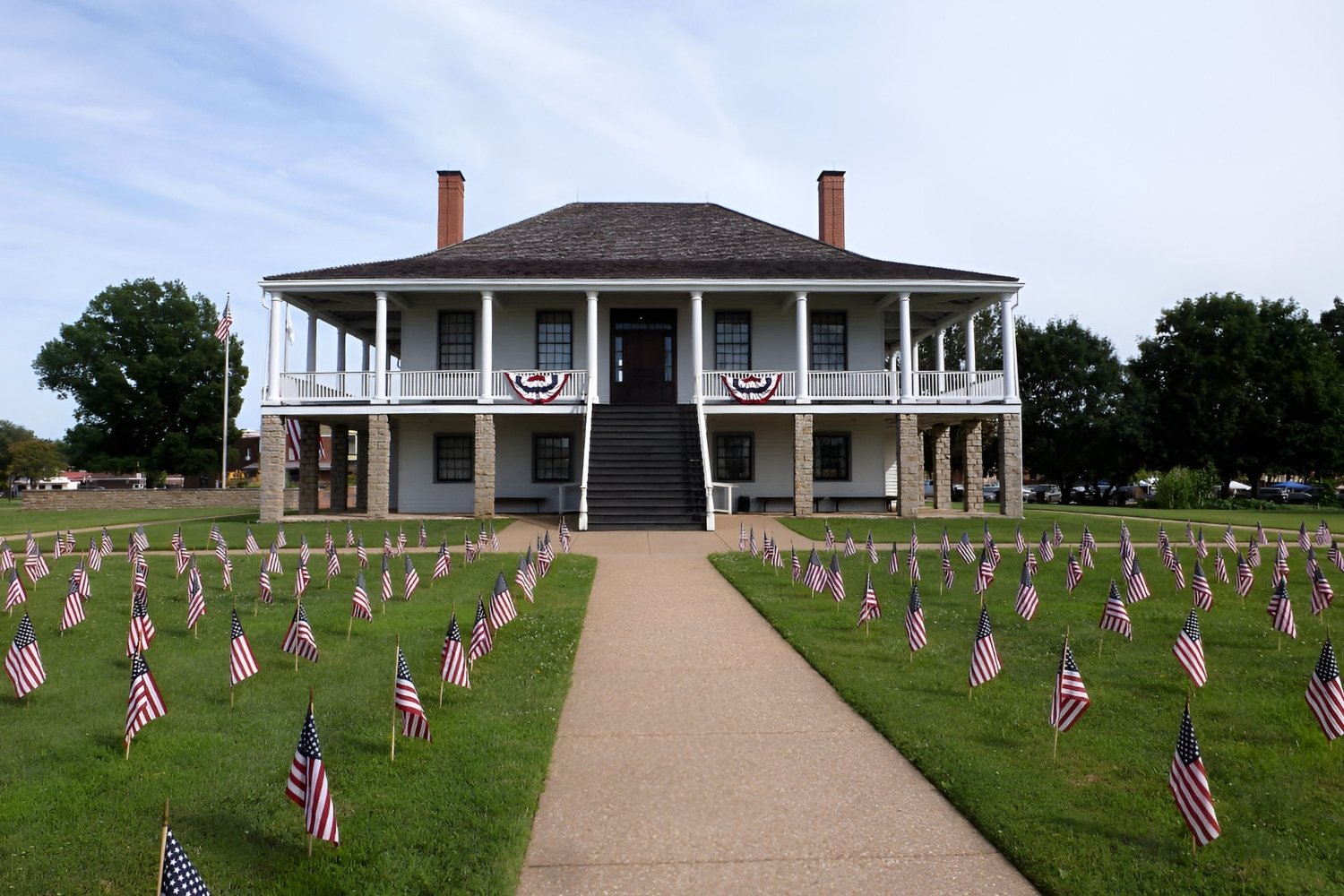Secrets Of Kansas’ Fort Scott Military Posts

Have you ever wondered about the hidden history of Fort Scott Military Posts in Kansas? This small town holds a treasure trove of stories from the past. Established in 1842, Fort Scott played a crucial role in the westward expansion of the United States. Soldiers stationed here protected settlers, enforced laws, and even participated in the Civil War. Today, visitors can explore the well-preserved buildings, walk the same grounds as soldiers did, and learn about the daily lives of those who served. Whether you're a history buff or just curious, Fort Scott offers a fascinating glimpse into America's past.
Discovering Fort Scott's Military History
Fort Scott, Kansas, holds a rich military history that dates back to the 19th century. This small town played a significant role in the westward expansion and the Civil War. Let's explore some of the most intriguing military posts in Fort Scott.
Fort Scott National Historic Site
The Fort Scott National Historic Site is a must-visit for history buffs. This site preserves the fort's original buildings and offers a glimpse into life during the 1840s.
- Dragoon Barracks: These barracks housed the U.S. Dragoons, a cavalry unit that patrolled the frontier.
- Officer's Quarters: Elegant homes where officers and their families lived.
- Guardhouse: A small jail where soldiers were held for minor offenses.
- Parade Ground: The central area where troops drilled and ceremonies took place.
Civil War Significance
During the Civil War, Fort Scott became a strategic military post. It served as a supply depot and hospital for Union forces.
- Post Hospital: This building treated wounded soldiers and played a crucial role in medical advancements.
- Quartermaster's Storehouse: Stored supplies and equipment for the Union army.
- Lunette Blair: An earthen fortification built to protect the town from Confederate attacks.
Frontier Defense
Fort Scott was also vital in protecting settlers from Native American raids. The fort's soldiers patrolled the frontier and ensured the safety of pioneers.
- Blockhouse: A fortified structure used for defense against attacks.
- Sutler's Store: A civilian-run store that provided goods to soldiers and settlers.
- Stables: Housed the horses used by the cavalry units.
Post-Civil War Era
After the Civil War, Fort Scott continued to play a role in military operations. It became a hub for westward expansion and the Indian Wars.
- Commissary Building: Supplied food and provisions to soldiers stationed at the fort.
- Bakery: Baked bread and other goods for the troops.
- Laundress Quarters: Where laundresses lived and worked, washing soldiers' uniforms.
Modern-Day Fort Scott
Today, Fort Scott is a charming town that honors its military past. Visitors can explore the historic sites and learn about the town's role in American history.
- Fort Scott National Cemetery: Final resting place for many soldiers who served at the fort.
- Gordon Parks Museum: Celebrates the life and work of Gordon Parks, a famous photographer and filmmaker from Fort Scott.
- Downtown Fort Scott: Offers a variety of shops, restaurants, and historic buildings to explore.
Kansas' Fort Scott Military Posts: A Glimpse into History
Fort Scott's military posts offer a unique window into America's past. Visiting these sites, you can walk through history, seeing where soldiers once stood and understanding the strategic importance of this region. The preserved buildings and informative exhibits provide a tangible connection to the events that shaped the nation.
Exploring Fort Scott, you gain insight into the daily lives of those who served, the challenges they faced, and the impact they had on the country's development. It's not just about the battles fought but also about the community that grew around the fort, influencing local culture and economy.
Whether you're a history buff or just curious, Fort Scott's military posts are worth the visit. They remind us of the sacrifices made and the stories that continue to shape our present and future.

